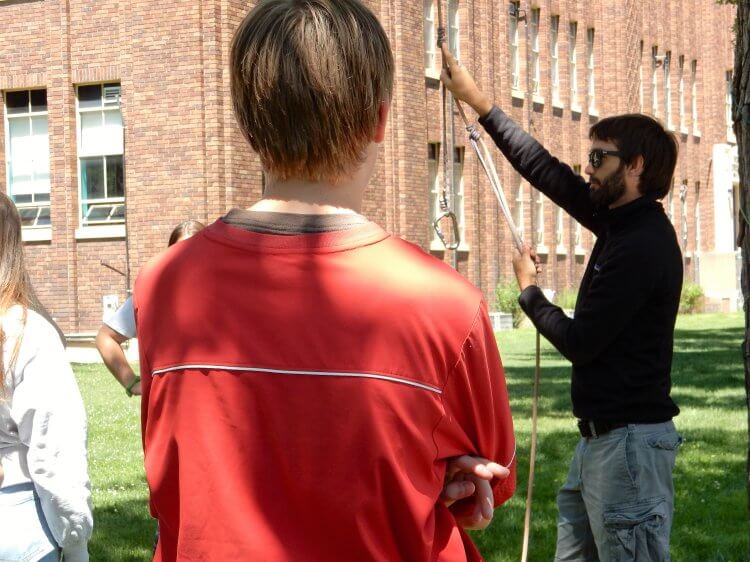Do you remember Show and Tell events when you were in elementary school? More than likely you brought a special object to school and showed your classmates how it worked or what was unique about it. Maybe you explained a bit of history about your particular item or why it was important to you.

From an educational standpoint, the purpose of Show and Tell was to help children developed their public speaking skills. The concept of Show and Tell can be also be applied to teaching and coaching when using demonstrations during a lesson or practice. There has been a wealth of motor learning research over the years on the use and value of demonstrations (show) and verbal instructions (tell) to facilitate learning a new task (Magill and Anderson, 2017; Schmidt and Lee, 2014; SHAPE America 2014; Wulf, 2013). When embracing the Social Learning Theory framework, demonstrating a skill or task creates a mental image that students can identify with as they attempt to reproduce the movement or activity (Magill & Anderson, 2017). The concept, “a picture is worth a thousand words,” emphasizes the importance of demonstrating skill techniques and activities when teaching and coaching. Adding verbal instruction, along with a demonstration, further helps students assimilate the task being taught.
It has been my experience that teacher preparation candidates find it much easier to use verbal explanations than demonstrations during instruction. In fact, they are really good at telling. Students in teacher/coach preparation programs often have acquired a high level of content knowledge, especially in those sports or activities they have played. As such, they tend to explain everything they know when teaching a skill. The overload of information provided becomes too much for learners to effectively process and remember. Plus, excessive talking during the explanation takes up too much time within a lesson or practice and reduces the amount of time available for practice and play opportunities.